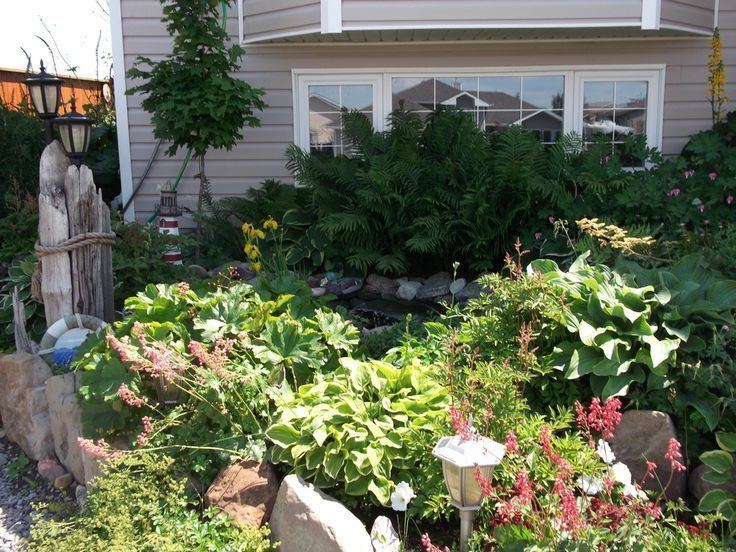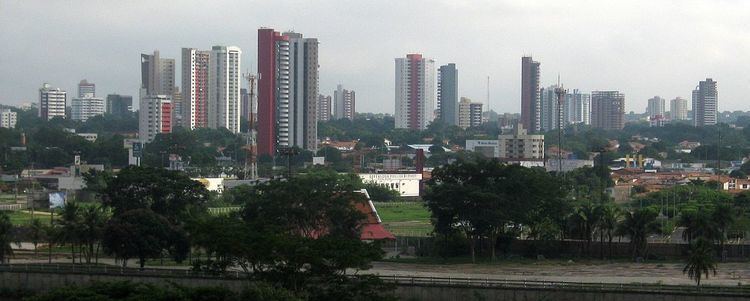Country State Piaui Founded August 16, 1852 Population 767,559 (2010) | Area 1,167.25 km2 Region Mayor Firmino Filho (PSDB) | |
 | ||
Colleges and Universities Faculdade Novafapi | ||
Map of Teresina
Teresina is the capital and most populous municipality in the Brazilian state of Piauí. Being located in North-central Piauí 366 km from the coast, it is the only capital in the Brazilian Northeast that is not located on the shores of the Atlantic Ocean. With 814,439 inhabitants, Teresina is the 19th largest city in Brazil, and the 15th largest state capital in the country. Together with Timon in the nearby state of Maranhão, it forms a conurbation with a population of about 953,172 inhabitants; the entire metropolitan region of Teresina has over 1,135,920 inhabitants. The only natural barrier that separates Teresina from Timon is the Parnaíba river, one of the largest in the Northeast. Teresina is the second capital with the best quality of life in the North-Northeast according to FIRJAN. According to IPEA it is the third safest capital of Brazil (only after Natal and Palmas).
Contents
- Map of Teresina
- Teresina piaui brasil ciudad de teresina en nordeste de brasil
- History and names
- Main sights
- Geography
- Climate
- Health
- Education
- Universities in Teresina
- Economy
- Transportation
- Sports
- References

Its motto is the Latin phrase Omnia in Charitatis, which means, in English, "All for charity". The city is the birthplace of, among the others, Torquato Neto, who belonged to the Tropicalismo movement.

Its Cathedral Catedral Metropolitana Nossa Senhora das Dores, dedicated to Our Lady of Sorrows, is the archiepiscopal see of the Roman Catholic Archdiocese of Teresina.
Teresina piaui brasil ciudad de teresina en nordeste de brasil
History and names
Teresina was founded on August 16, 1852 under the name of Vila Nova do Poty (because its origin is linked to the Poti river) as the capital of the state of Piauí. It was the first planned city in the Brazil and the only northeast capital located out of the coast. Until 1852, Oeiras was the capital of the Piauí Capitany, however due to difficulties in Communication and Trade, the capital was transferred to an area next to the Parnaíba River, to the other cities and to the sea coast. The colonization of the place where Teresina is now located dates back to the 18th century. The chosen place was a small community of fishermen, in 1760, nearby Poty and Panaíba rivers. Then the small fishermen dwelling grew up and became a village, which was called “Vila do Poty”, but, due to the inundation of the Parnaíba River riverbanks, the city had to be built in a higher position.
In the 19th century, it was initially called Vila Nova do Poty, but later the city was renamed Teresina, in honor of the Empress Teresa Cristina, the wife of the Emperor of Brazil, Pedro II.
Teresina is the hottest city in the country and the third city with the major incidence of lightning in the world. Nowadays, Teresina’s economy is based on international manufacturing industries and trade.
Main sights
Sights include
Geography
Teresina is located near the border with the state of Maranhão, on the western border, at an altitude of 72 meters on average. The city is separated from the city of Timon by the Parnaíba River.
The town is situated between the Poti River and the Parnaíba River. In the northern city, the two rivers join and flow toward the Atlantic Ocean; an environmental park with gazebos is located nearby. Teresina is the largest capital in the northeastern territorial extension, with 1.755,698 km².
Located in a transition zone between the northeast and the Amazon (Mid-North), Teresina is surrounded by mata dos cocais, savannas and cerradões where many carnaúba, babaçu, buriti palms, jatobás, ipês, and many other medium-sized trees can be seen. In the region there are also remnants of Teresina Atlantic Forest, which makes the landscape shrub coverage very rich and dense.
Climate
Teresina has a tropical wet and dry climate (Köppen climate classification: Aw) with two seasons with semi-humid characteristics: the rainy season (which occurs in summer and autumn) and the dry season (which occurs in winter and spring).
From January to May, due to the rains, the weather is warm and wet (likely to occur when there is fog in the morning), while from June to August the climate gets dry with relatively cool nights; in September to December the weather becomes more hot and stuffy, and may begin to occur a few rain showers from November. This Period during the year is referred to as B R O Bro by locals as the hottest months end with -bro in Portuguese: setembro, outubro, novembro, and dezembro.
A peculiar feature of the rains in the city are their speed and intensity, with strong winds, large force of water and very common lightnings. The annual rainfall stands at around 1,400 mm.
Hot most of the year, Teresina has an average temperature around 27 °C, with a minimum of 20 °C and a maximum of 35 °C. The lowest ever recorded in Teresina was 14 °C in the month of February, as the warmer months, the maximum can reach 40 °C, especially in October. These fluctuations are mitigated by the contribution of the winds. Air quality is considered good in Teresina, except in the driest period, when the relative humidity drops, and there are occurrences of fires. .
Health
In Teresina there are 634 health institutions, eight hospitals, 181 clinics and 170 clinics, employing some 15,000 people.
Moreover, there is a significant number of small "pension" that host people from the interior of Piauí and neighboring states in search of health services in Teresina.
Education
Portuguese is the official national language, and thus the primary language taught in schools. But English and Spanish are part of the official high school curriculum.
Universities in Teresina
Economy
The Gross Domestic Product of Teresina represents about 40% of GDP in the state of Piaui. In industry, there is the textile and garment industry, which exports to other regions and generates about ten thousand jobs. There are also manufacturers bicycles, drink industries, pharmaceuticals, chemicals, furniture and ceramics, among others. The building deserves to be a fast-growing sector due to the verticality of the city over the past 15 years.
Transportation
Teresina has a subway service comprising nine different stations. There is also bus service through the city. Teresina/Senador Petrônio Portella Airport, opened in 1967, lies north of the capital, between the rivers Parnaíba and Poty.
Sports
The Albertão Stadium holds 60,000 spectators, houses soccer, athletics and other games. A smaller stadium (6,000 places) is the Lindolfo Monteiro Stadium, opened in 1944. It was restored in 2008.
Football teams Teresina include Flamengo-PI, River-PI, Tiradentes and Piauí-PI. Rugby teams include Teresina Rugby Club, Lions Rugby Club, Rugby Titans Clash.
